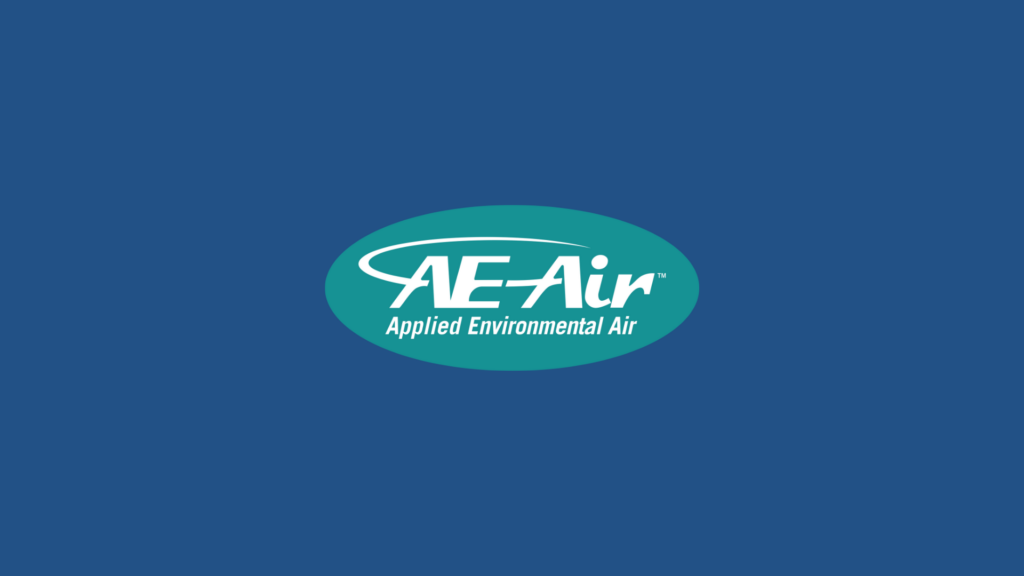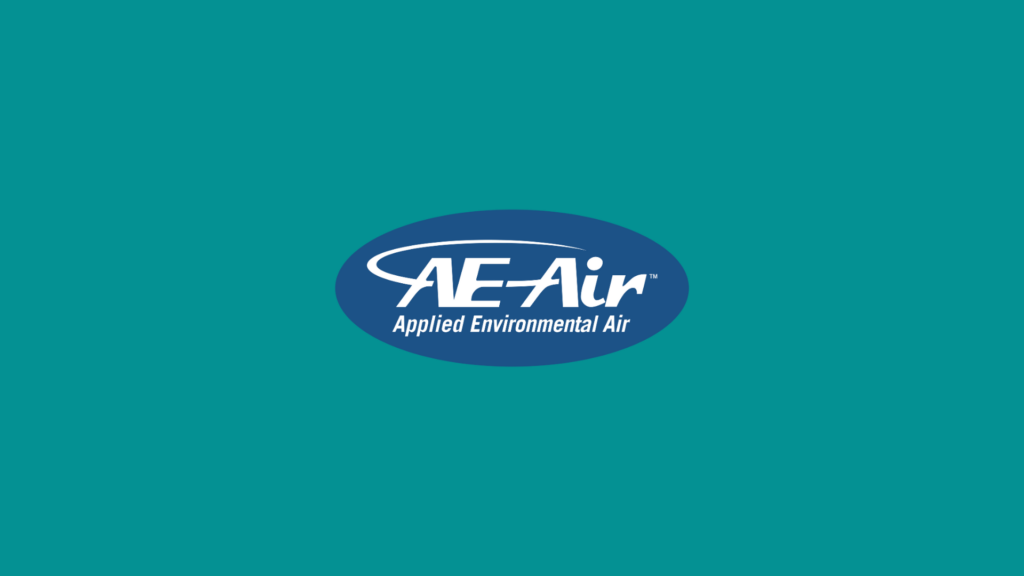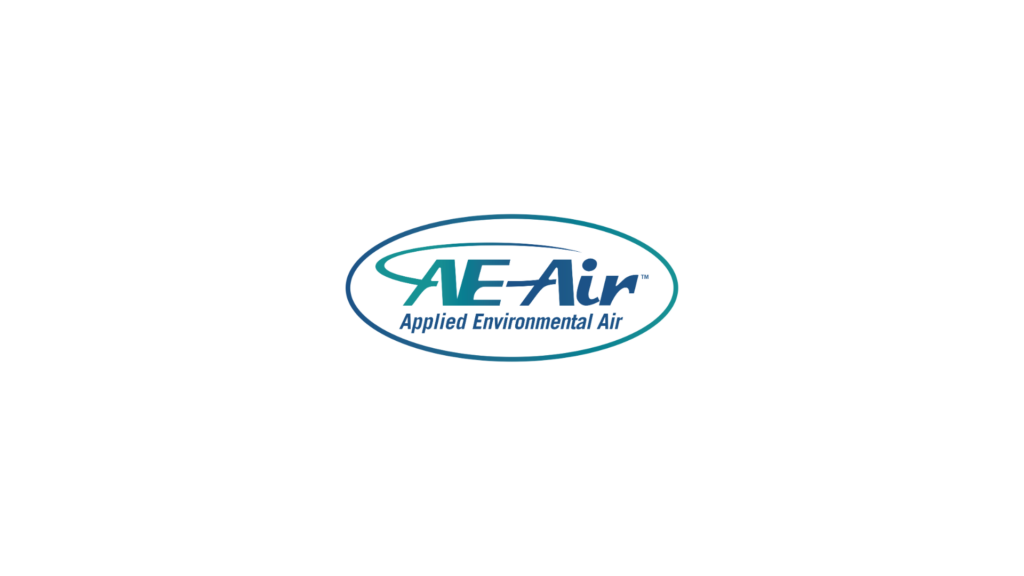Introduction
Ensuring that schools remain warm and safe during the colder months is essential for fostering a productive learning environment. A reliable HVAC system is central to achieving this goal. By maintaining appropriate indoor temperatures, HVAC systems help create a comfortable atmosphere that keeps students focused and engaged. Extreme cold can be distracting, impacting both student performance and overall well-being.
Beyond comfort, a well-functioning HVAC system plays a crucial role in protecting student health. Proper ventilation helps reduce the spread of airborne illnesses and allergens, making the school a healthier place for students and staff alike. Clean air can significantly decrease the number of absences due to respiratory issues and allergies, contributing to better academic results.
However, maintaining such a vital system requires attention to detail. Advanced technologies and routine maintenance are key to maximizing the performance of your school’s HVAC system. In this article, we will explore the significance of a reliable HVAC system, introduce modern HVAC technologies, emphasize the importance of regular maintenance, and highlight best practices for energy management in schools. By understanding these elements, schools can ensure a warm, safe, and efficient environment for both students and staff.
The Importance of a Reliable HVAC System in Schools
Maintaining proper indoor temperatures in schools is crucial. When classrooms are too cold, students become uncomfortable, distracted, and less likely to concentrate on their work. A reliable HVAC system ensures that indoor temperatures remain consistent and comfortable, supporting an environment conducive to learning.
Indoor air quality also has a direct impact on student health and productivity. Schools house many people in close quarters, increasing the likelihood of spreading airborne illnesses. An efficient HVAC system with good ventilation helps remove contaminants and allergens from the air, reducing the incidence of respiratory issues and allergies. Healthier students mean fewer sick days and more consistent attendance, which can boost overall academic performance.
Additionally, a well-maintained HVAC system can lower school operational costs by enhancing energy efficiency. By keeping temperature levels steady and preventing extreme fluctuations, the system works less hard, extending its lifespan and reducing the need for costly repairs.
Advanced HVAC Technologies for Schools
Modern HVAC systems come with advanced technologies that make them more efficient and user-friendly. Smart thermostats, for instance, allow for precise control over the heating and cooling settings in different parts of the school. These thermostats learn your schedule and preferences, adjusting automatically to save energy while ensuring comfort during school hours.
Zoned heating is another feature that benefits schools. It allows different areas of the building to be heated independently, meaning you can keep classrooms warm while reducing energy use in less-occupied places like storage rooms. This targeted approach leads to significant energy savings.
Energy-efficient systems are also a key component of modern HVAC solutions. These systems use less electricity and can heat or cool spaces more effectively than older models. Investing in energy-efficient HVAC units not only cuts down on utility bills but also supports environmental sustainability. Schools can thus achieve a dual benefit: they can ensure a comfortable atmosphere for students and teachers while being mindful of energy consumption and environmental impact.
By incorporating these advanced technologies, schools can create a warm and safe environment that promotes learning and keeps operational costs in check.
Routine Maintenance and Safety Checks
Keeping an HVAC system in good working order requires regular maintenance. Essential maintenance tasks include checking and changing air filters, inspecting and cleaning coils, and checking the refrigerant levels. Dirty or clogged filters can reduce airflow and make the system work harder, leading to higher energy costs and potential system failure. Regularly replacing filters ensures the system runs smoothly and efficiently.
It’s also critical to inspect the system for any signs of wear and tear. This includes checking belts, motors, and electrical components. Addressing minor issues before they become major problems helps prevent system breakdowns that could disrupt the school day.
Safety checks are equally important. Make sure to check for any gas leaks in heating systems and ensure all electrical connections are secure. Installing carbon monoxide detectors can provide an extra layer of safety, alerting you to dangerous levels of this odorless gas. Following these safety protocols helps avert potential hazards, keeping students and staff safe.
Best Practices for Energy Management in Schools
To optimize HVAC system performance, follow these best practices:
1. Set Optimal Temperatures: Keep the thermostat at a comfortable yet energy-efficient setting. During winter, set it to around 68°F when the building is occupied and lower it when empty.
2. Utilize Programmable Thermostats: Programmable thermostats can automatically adjust temperatures based on the school’s schedule. This helps save energy by reducing heating during off-hours while ensuring the building is comfortable when occupied.
3. Conduct Regular Audits: Periodically assess the HVAC system’s performance. Energy audits can identify areas where efficiency can be improved, such as sealing leaks in ducts or adding insulation to reduce heat loss.
4. Educate Staff: Inform school staff about energy-saving practices. Simple actions like closing doors and windows, turning off lights, and setting thermostats to appropriate levels can collectively lead to significant energy savings.
Conclusion
Maintaining a warm and safe environment in schools is crucial for student well-being and academic success. Utilizing advanced HVAC technologies, performing regular maintenance, and following best practices for energy management can significantly improve indoor air quality while keeping operational costs in check. Reliable and efficient HVAC systems not only create a comfortable learning environment but also contribute to the overall safety and health of students and staff.
At AE Air, we specialize in providing customized HVAC solutions tailored to meet the specific needs of schools. Our state-of-the-art systems and expert maintenance services ensure your HVAC system operates at peak performance, keeping your school warm, safe, and energy-efficient. Contact AE Air today to learn how our HVAC experts can help improve your school’s indoor environment.


